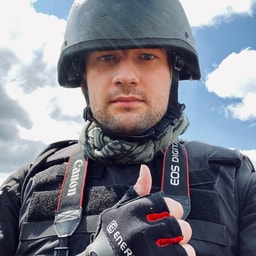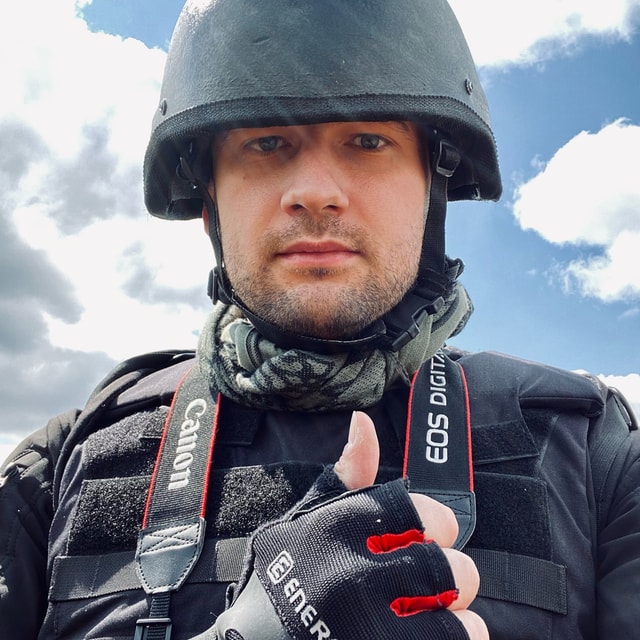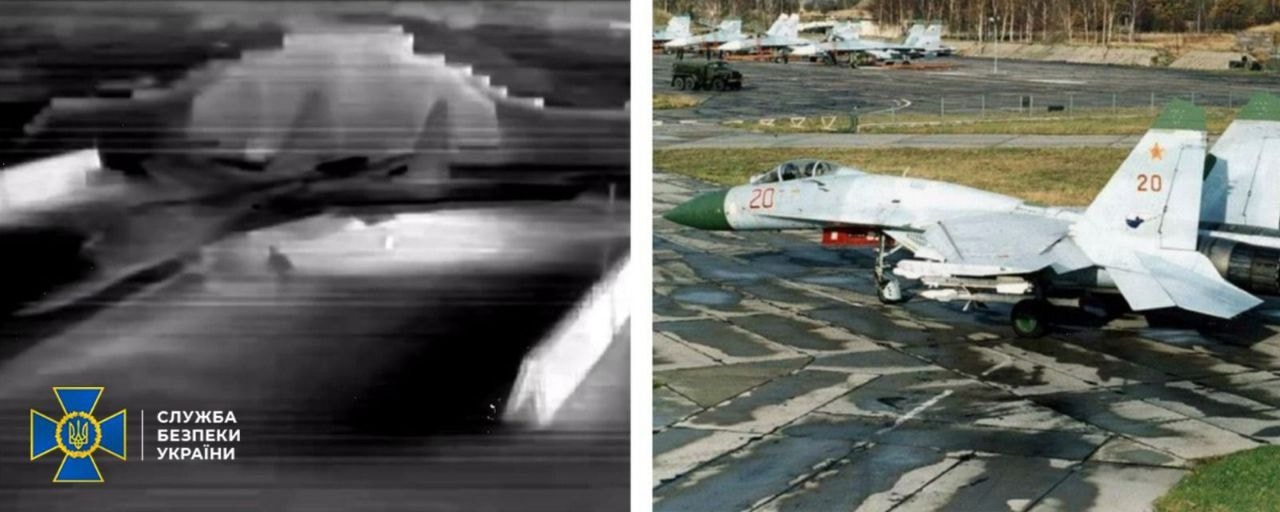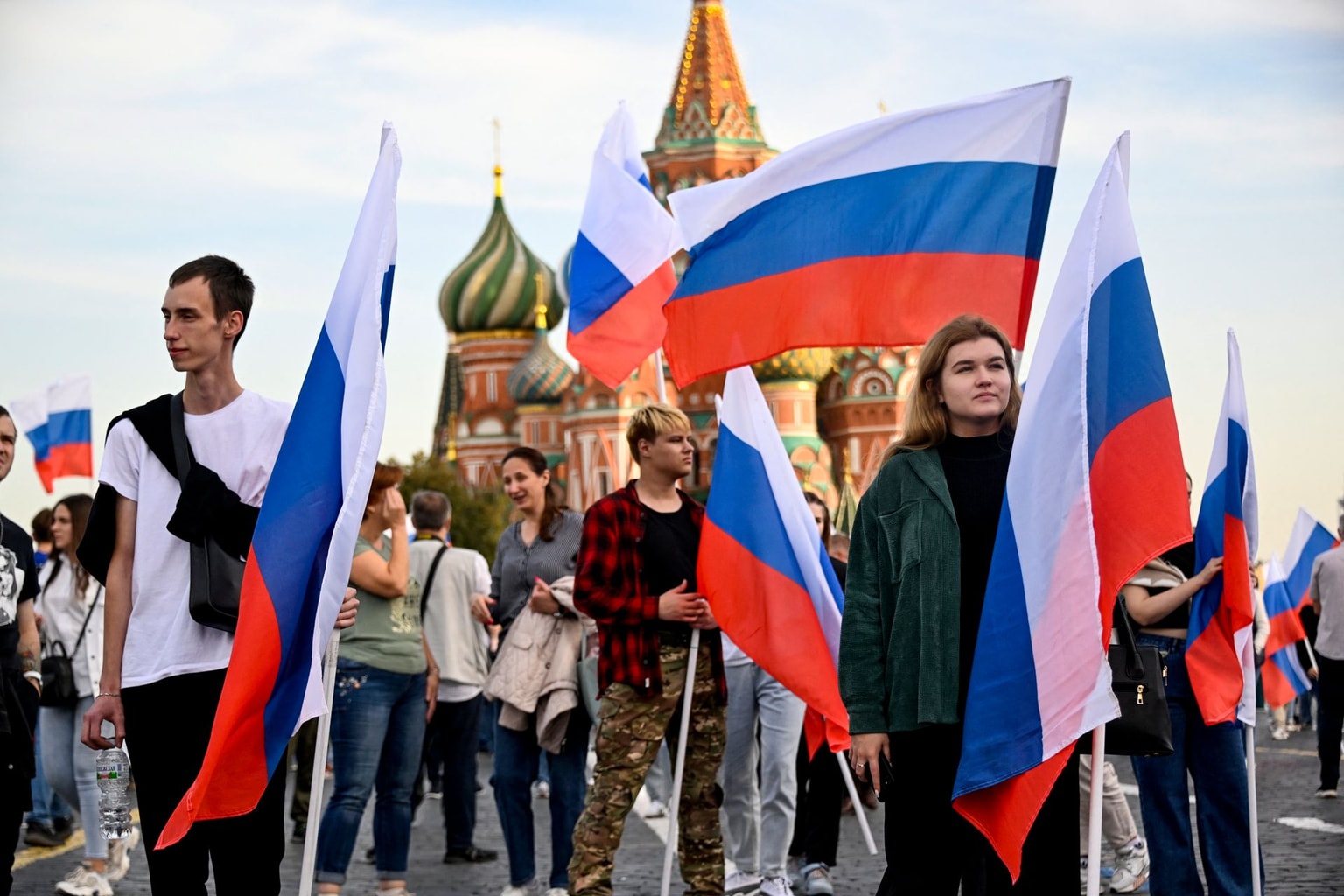How Ukraine swaps living soldiers for dead Russians

RUSANIV, Kyiv Oblast — Ukrainian emergency response workers dig into the fresh soil by a riverbank.
“Careful,” they tell each other. “Just like that. Remove the upper layer bit by bit.”
Every strike of the spade unearths new items in the moist dirt. Parts of cloth tatters, boot bottoms, traces of clotted blood.
Then, blackened hands appear. The workers endure the subtle smell of death rising from underneath the soil.
“Alright, get those stretchers and lashings. We got another one almost ready.”
It’s an unmarked communal grave, one of many begotten by the brutal mayhem of Russia’s war in Ukraine.
Inside that pit near the town of Rusaniv east of Kyiv, several Russian soldiers were given an improvised burial courtesy of the local townsfolk, saving their bodies from animals and decomposing in the open.
A fierce clash with Ukrainian forces defending the capital spelled their quick and bitter end.
But in a twist of dark irony, the invading army’s dead soldiers will redeem themselves in death — and help save the living.
Six of them will be exchanged for two Ukrainian soldiers taken as prisoners of war in a rare instance of an unofficial swap between the opposing armies on the battlefield.
And unlike so many other Russian dead, these were taken from their unmarked grave in the Ukrainian meadows to eventually find a final resting place back in their homeland.

The debacle
The end of the Russian combat task team near Rusaniv, some 40 kilometers east of Kyiv, was brutal.
Throughout March, the Russian military was on the ride, trying to get a foothold east of the capital.
Failing completely to seize or blockade the city of Sumy, let alone take control of swathes of territory in Ukraine’s northeast, the Russian forces desperately needed to secure the long line of communication between Russia and Kyiv, the Kremlin’s main target.
For Russian forces near Sumy, the only path to Kyiv runs nearly 300 kilometers along the H07 highway in the woods, where their convoys are extremely vulnerable to Ukrainian mobile anti-tank units.
Early in the morning, a force of at least five Russian BMP-2 infantry combat vehicles and a T-90 tank rushed east towards Rusaniv to try to seize a bridge across the Trubezh River on the H07 road.
The offensive was doomed.
Ukrainian troops with the 72nd Mechanized Infantry Brigade were lurking in the woods next to the road.
The ambushed T-90 tank was the first to burn up just 100 meters from the bridge. Its charred hulk still stands on the roadside, cannon cocked up in the air.
At least two other BMPs tried to escape the ambush and swerved off the road into the meadows closer to the river bank.
Labyrinthine track marks on the ground show that the cornered beasts were maneuvering hard in a desperate fight for their lives.
Nonetheless, both of them went up in flames by the river. The escaping crews were killed in a shootout.
“Here we go,” Ukrainian soldiers say as they show some of their war trophies: the Russian 21st Guards Motor Rifle Brigade insignia torn off the killed enemy troops’ fatigues.
“That was them. They managed to go a pretty long way.”

The Russian 21st Brigade is no stranger in Ukraine.
According to numerous pieces of evidence, the brigade’s formations, which are based in Russia’s Orenburg Oblast, are known to have been involved in the massacre of Ilovaisk in August 2014, where hundreds of Ukrainian troops were slaughtered while marching through a pre-agreed withdrawal corridor.
Now, eight years later, the tables have turned.
Over 20 days into its all-out invasion of Ukraine, against expectations, Russia has been stalled in most of its attack axes. Fierce Ukrainian resistance inflicted heavy casualties on the invaders.
According to official Ukrainian estimates, between Feb. 24 and March 21, Russian forces have lost 15,000 men, more than in both of Russia’s multi-year wars in Chechnya combined.
U.S. intelligence is more conservative, placing Russian casualties in Ukraine at 7,000. Yet this still suggests that Russia’s losing troops at the fastest rate since World War II.
On March 19, the Institute for the Study of War, a U.S.-based center, concluded that “Ukrainian forces have defeated the initial Russian campaign of this war,” which included operations to seize Kyiv, Kharkiv, Odesa, and force a change of Ukraine’s leadership.
According to the estimate, the Russian campaign against Ukraine has culminated and is now “very unlikely” to be able to meet its objectives, except for limited advances in some parts of the country.
What may follow is a grueling stalemate, during which Russia will continue to bomb Ukrainian cities in a bid to break the Ukrainian will to resist, experts believe.
https://youtu.be/RDHb-ZnjCJU
Dying nameless
The destroyed Russian BMPs contain many things left behind by their killed former operators: standard “Army of Russia” ration packs, toilet paper, parts of medical kits, toothbrushes, pieces of Russian dark-green camouflage fatigues.
Russian crews practically lived inside their vehicles, keeping all personal effects close at hand.
They also didn’t seem thrilled with the Russian military rations, which have gained notoriety during the war.
Many Russian prisoners of war said the MRE (“meals ready to eat”) kits allocated to them were long expired, due to severe food supply issues in the Russian military.
The infantrymen killed near Rusaniv seem to have shared this opinion: Their rations were left largely intact. Instead, they had a large stock of Russian-made snacks, as well as cheap canned fish products from Ukrainian supermarkets.
None of the assault’s participants had any identification documents with them.
“They simply take the IDs away from them before the attack,” Ukrainian soldiers say.
“No service cards, no dog tags, nothing. We don’t get it – did their commanders believe they would fight harder if left to die nameless?”

Some of their names are recovered anyway.
Among the rubbish falling off the destroyed BMPs, one can find a couple of Russian bank cards bearing their owner’s name: “Aleksandr Gagarin.”
It is impossible to know which of the nameless bodies used to respond to that name in life.
Another piece of evidence is a name tape, knifed off a killed soldier’s fatigues: “Lubsandabayev B.N.”
A simple search of Russian social networks indicates that a man named Bair Nikolaevich Lubsandabayev, an ethnic Buryat, was most likely 24 years old, born in the town of Tsagatui between Lake Baikal and the Mongolian border.
His mother Ariuna is an elementary school teacher in Tsagatui, and he has a sister named Ayana.
In his school years, he was fond of futsal and nature studies, as mentioned in local newspapers.
A Russian military publication says in December 2018 he graduated from Far Eastern Higher Combined Arms Command School in the city of Blagoveschensk and later served with “a motor rifle brigade in the Orenburg Oblast” — that is, the 21st Guards Motor Rifle Brigade.
By all appearances, he was killed in that attack near Rusaniv — 5,000 kilometers away from his hometown in Buryatia.
The rest of Lubsandabayev’s comrades in arms remained nameless to the Ukrainian troops.

‘They won’t bite’
Ukrainian soldiers hurry the emergency service workers along and bring more spades to help them out.
The Russian forces are still only about three kilometers away. The Ukrainian military does not want to take chances and hopes to leave the exposed terrain as soon as possible.
The deal is simple: Six Russian bodies for two living Ukrainian soldiers held captive following the latest fighting in the area.
Emergency workers hastily load up the blackened cadavers on stretches and drag them to the riverbank.
An inflatable boat will transport them one by one to the other side, where a pickup truck is waiting.
Through negotiations via unsecured communication lines, with the help of civilian mediators, the exchange will take place soon, as agreed upon by officers from both sides.
“Don’t you worry, they won’t bite,” Ukrainian soldiers smile as they watch civilian volunteers cautiously looking at decaying bodies laid on the road next to the car.
“They’re not dangerous anymore. They are now helping us get our guys back.”









